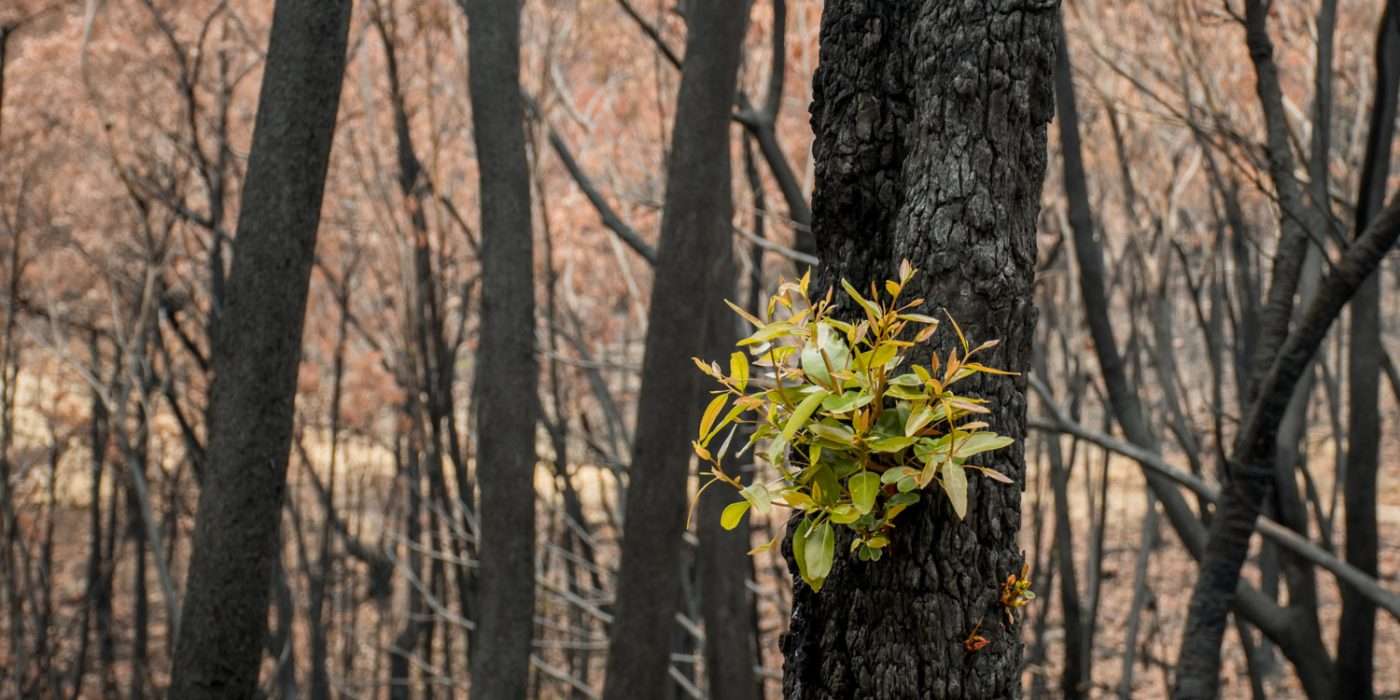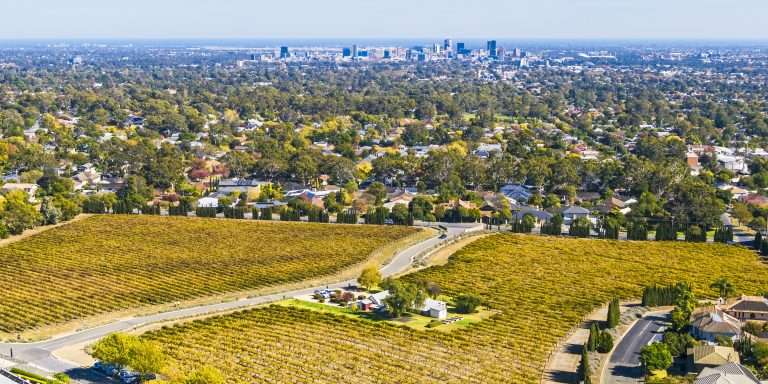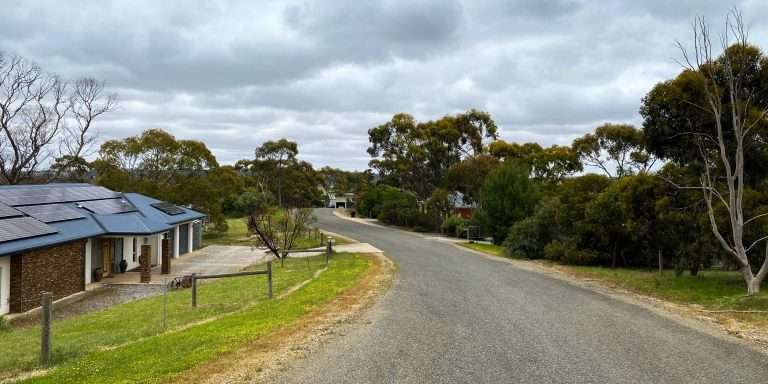Australia’s resilience is being seriously tested by the unprecedented heatwaves, hailstorms and bushfires across the country this summer.
The recent bushfires necessarily focus community attention on disaster risk management such as fuel load management and early warning capabilities, as well as disaster funding, insurance and recovery actions.
But there are many other actions that should be taken to adapt to climate change in a way that will help manage the risks such as developing climate resilient crops, increasing reuse of stormwater and wastewater, and increasing urban greening on public and private land.
URPS has been working to build resilience to climate change in our community for many years. We have been doing this through:
- Regional Climate Change Adaptation Plans, as well as strategic decision-making frameworks relating to climate change impacts for community and industry sectors such as the horticulture, horse and sport & recreation sectors.
- Collaborative engagement addressing climate change issues that build the capacity of people to implement actions and strategies.
- Communicating technical data such as climate projections and sea level rise mapping in a way that communities and stakeholders can understand and consider what it means for them via user-friendly information brochures, guidelines, checklists, processes and maps.
There are also some confronting questions facing Australians about whether we rebuild in what have proven to be high risk areas.
Staying focused on action that we can all be involved in to adapt to the impacts of climate change is important while macro-reform occurs at a national and international level to mitigate climate change impacts.



